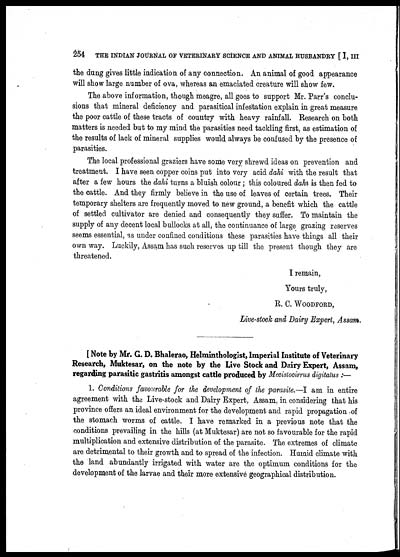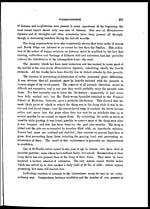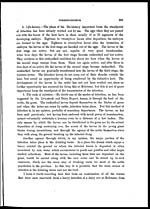Medicine - Veterinary > Veterinary colleges and laboratories > Indian journal of veterinary science and animal husbandry > Volume 1, 1931 > Part III (September 1931) > Correspondence
(301) Page 254
Download files
Individual page:
Thumbnail gallery: Grid view | List view

254 THE INDIAN JOURNAL OF VETERINARY SCIENCE AND ANIMAL HUSBANDRY [ I, III
the dung gives little indication of any connection. An animal of good appearance
will show large number of ova, whereas an emaciated creature will show few.
The above information, though meagre, all goes to support Mr. Parr's conclu-
sions that mineral deficiency and parasitical infestation explain in great measure
the poor cattle of these tracts of country with heavy rainfall. Research on both
matters is needed but to my mind the parasities need tackling first, as estimation of
the results of lack of mineral supplies would always be confused by the presence of
parasities.
The local professional graziers have some very shrewd ideas on prevention and
treatment. I have seen copper coins put into very acid dahi with the result that
after a few hours the dahi turns a bluish colour ; this coloured dahi is then fed to
the cattle. And they firmly believe in the use of leaves of certain trees. Their
temporary shelters are frequently moved to new ground, a benefit which the cattle
of settled cultivator are denied and consequently they suffer. To maintain the
supply of any decent local bullocks at all, the continuance of large grazing reserves
seems essential, as under confined conditions these parasities have things all their
own way. Luckily, Assam has such reserves up till the present though they are
threatened.
I remain,
Yours truly,
R. C. WOODFORD,
Live-stock and Dairy Expert, Assam.
[ Note by Mr. G. D. Bhalerao, Helminthologist, Imperial Institute of Veterinary
Research, Muktesar, on the note by the Live Stock and Dairy Expert, Assam,
regarding parasitic gastritis amongst cattle produced by Mecistocirrus digitatus :—
1. Conditions favourable for the development of the parasite.—I am in entire
agreement with the Live-stock and Dairy Expert, Assam in considering that his
province offers an ideal environment for the development and rapid propagation of
the stomach worms of cattle. I have remarked in a previous note that the
conditions prevailing in the hills (at Muktesar) are not so favourable for the rapid
multiplication and extensive distribution of the parasite. The extremes of climate
are detrimental to their growth and to spread of the infection. Humid climate with
the land abundantly irrigated with water are the optimum conditions for the
development of the larvae and their more extensive geographical distribution.
Set display mode to: Large image | Zoom image | Transcription
Images and transcriptions on this page, including medium image downloads, may be used under the Creative Commons Attribution 4.0 International Licence unless otherwise stated. ![]()
| Permanent URL | https://digital.nls.uk/75226698 |
|---|
| Description | Covers articles from 1931. |
|---|




